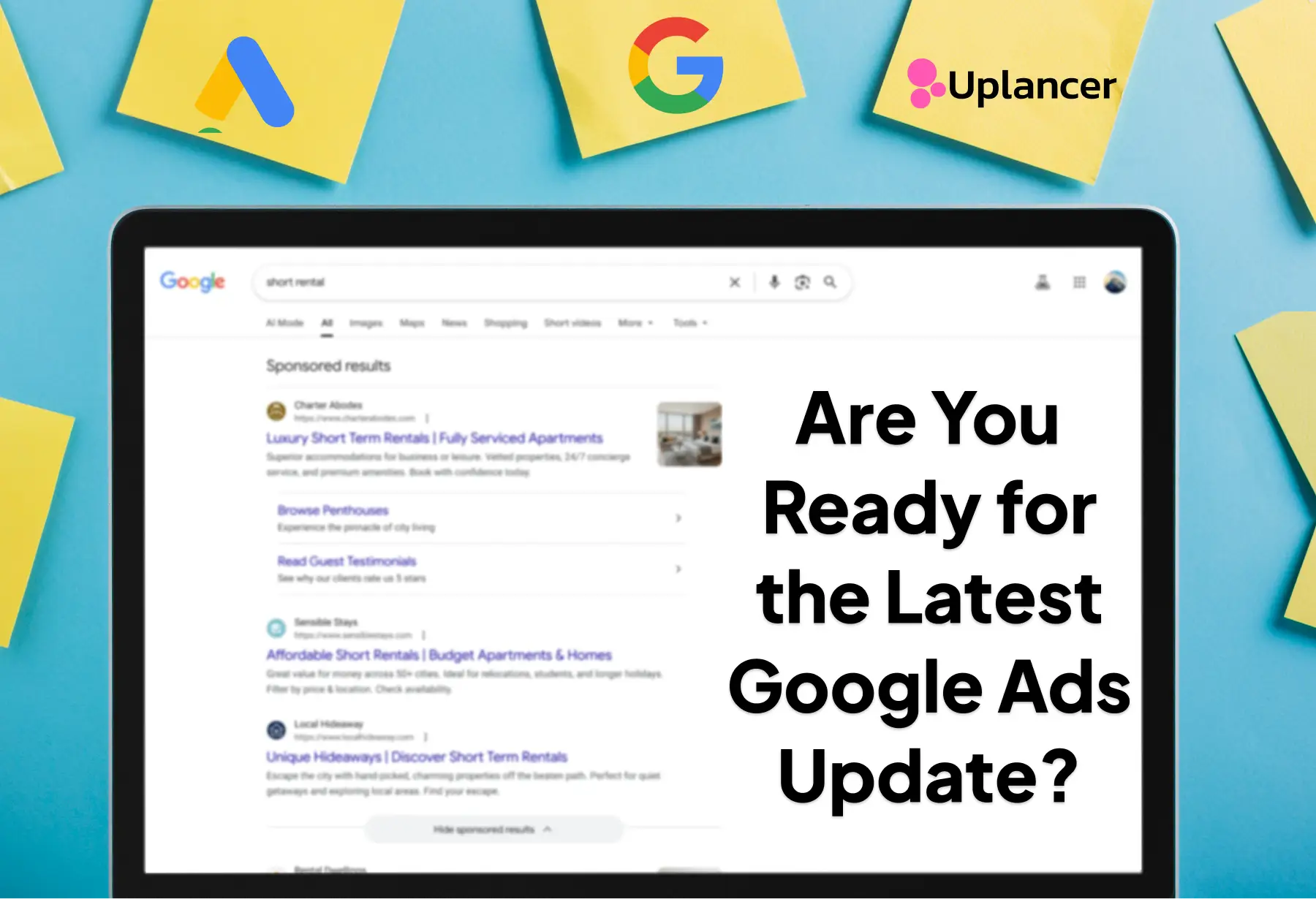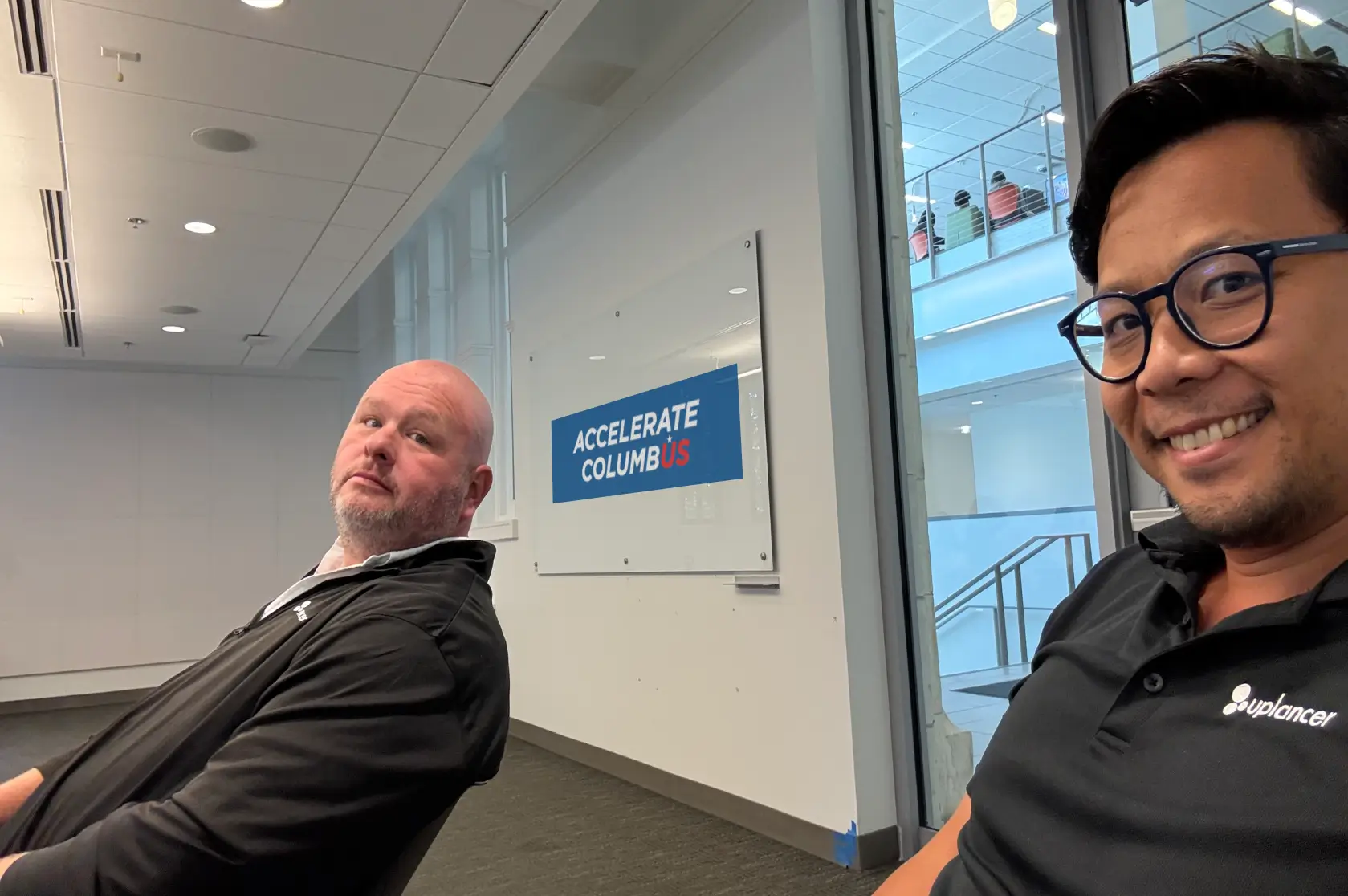If you’re reading this, you’ve successfully completed your crawl website. Your current website is streamlined for customers, focuses on your core business offerings, tracks user interactions, and is firing on all pistons. Congratulations, you’re now ready for the walk phase in crawl, walk, and run (CWR)!
The walk phase of website development is about improving and expanding upon what’s already there. Your goal is to increase and optimize your presence throughout the internet. As part of our CWR series, we’ve identified key criteria to consider when transitioning from your crawl site to your walk website.
Build Deeper Content Across Your Website
Content should always be at the forefront of your website. With a walk website, you’re shifting your content from a breadth approach – shallower content in your crawl website – to a depth approach. As a result, you’ll be doing two things:
- Elaborating on other aspects of your core business and
- Creating new content.
This may involve creating new content explaining why your product is perfect for a customer persona, linking your core service with your other non-core services, or sharing your thoughts about a particular matter through a blog.
While building deeper content, you must consider search engine optimization (SEO) and structure your content around key search terms. The goal is to rank higher for those customer search terms, increase your credibility for those terms, and reduce your reliance on paid media.
*Note: SEO can take three to six months for efforts to propagate. Therefore, you must start as soon as possible to realize SEO benefits. Additionally, SEO is not a one-time thing; it’s an ongoing process. Your competitors are likely doing their SEO, and by stopping your efforts, you’ll give them your future customers. As a result, you will need to replace the leads lost through SEO with another source.
Implement Google Ads and Paid Media on Your Website
You’ll want to use paid media alongside SEO and building your new content. Google Ads is a powerful paid media tool that sources leads from the internet. It’s a great way to bridge the gap between a website that hasn’t reaped the benefits of SEO and a website eager to sell. It is a pay-to-play scenario and, when done correctly, can get you quick wins.
A good rule of thumb for any website is that Google and other search engines want to serve websites offering the most relevant content. Your crawl website’s content should satisfy these search engine’s initial standards. Without a successful crawl website, you’d pay a premium on ads due to an extremely high cost-per-click (CPC) penalty imposed by Google and other search engines.
In fact, we’ve seen CPC values four to five times higher than the original estimated CPC. This adds up quickly and may reduce your ROI to a negative value. Meanwhile, your competitors are paying less, extending the same budget further, and stealing your share of online customers. With a well-established crawl site, you’ll level the paid media playing field with your competitors.
Website Design Enhancements
When the dust settles on your crawl site, which usually takes 3 – 6 months, you may need to revisit your website designs. This is fairly normal because you may have identified parts of your website that need improvement, such as adding more call-to-actions, swapping out images for more compelling ones, and rethinking the site layout to present your services and brand more appealingly. We’ve been in those shoes a month after launching our website!
You may also find that your analytics indicate your customers aren’t engaging with certain parts of your website or are spending more time on other parts. Along with content updates, design updates are another tool to address issues with your website.
Improve Traffic Experience
As your traffic increases, you’ll need to consider how to scale with it. Too much traffic will eventually lead to performance issues with your website. To combat this, implement a Content Delivery Network (CDN) and caching policies for your website. Doing both will: 1) reduce the load on your server from traffic by offloading it to the CDN and cache and 2) prevent DDoS attacks, which can take down your site in seconds.
The Bottom Line / TLDR
Going from a crawl to a walk phase for your website is essential for enhancing your online presence and customer engagement. Focus on creating more profound, relevant content, optimizing your SEO strategy, and utilizing paid media like Google Ads to source leads effectively. Regularly review and refine your website design based on analytics to ensure a positive user experience. As traffic increases, implement measures to enhance performance and protect against spam. By completing the above, your walk website is good to go, and you’re ready for your run website.
Connect with Uplancer today to learn more about CWR. We can help build your crawl website or start the walk and run phase of your current website.













